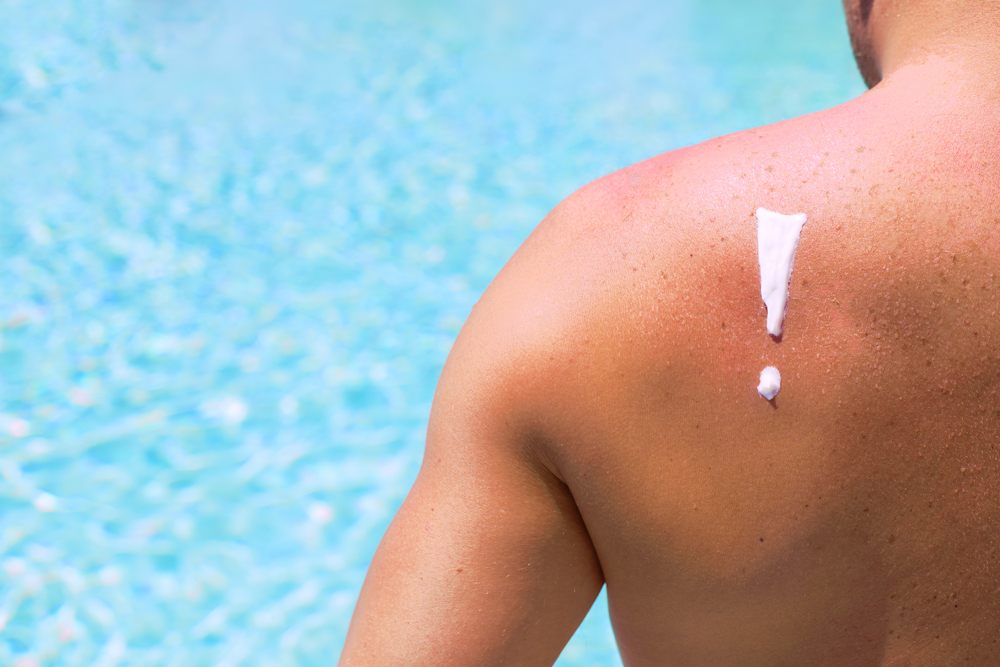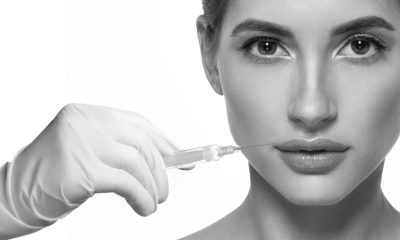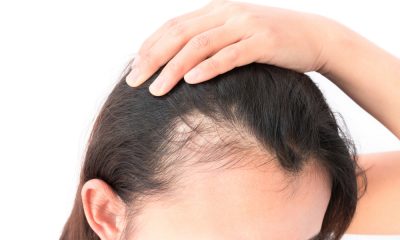Skin Cancer
Sunscreen Chemicals Enter Your Blood Stream
Sunscreen has always been hailed a medical and cosmetic necessity for healthy skin.

Dermatology
Melanie Griffith Opens Up About Procedure on Face
As an actress and a public figure, Melanie Griffith is acutely aware that appearance plays a critical role in her profession.
Cosmetic Dermatology
Visia Skin Analysis [Video]
The all new 7th Generation VISIA Complexion Analysis System delivers a significantly improved experience for aesthetic and skin care consultations.
Cancer
This Drink Increases Your Risk of Skin Cancer
There’s a certain type of drink that some studies suggest might cause skin cancer.
-

 Women's Health8 years ago
Women's Health8 years ago10 Everyday Things That Age You!
-

 Dermal Fillers7 years ago
Dermal Fillers7 years agoFight Facial Wrinkles and Folds With Juvederm
-

 Botox4 years ago
Botox4 years agoCan I Drink Alcohol After Botox?
-

 PRP5 years ago
PRP5 years agoPRP or SMP – How Do I Decide?
-

 CoolSculpting7 years ago
CoolSculpting7 years ago6 Ways to Say Goodbye to Your Double Chin
-

 Body Contouring5 years ago
Body Contouring5 years agoEmsculpt or CoolTone?
-

 Botox8 years ago
Botox8 years agoGuys Are Getting Botox in Their Balls–But for What?
-

 Dermal Fillers7 years ago
Dermal Fillers7 years agoBoosting Your Backside with a Sculptra Butt Lift
























